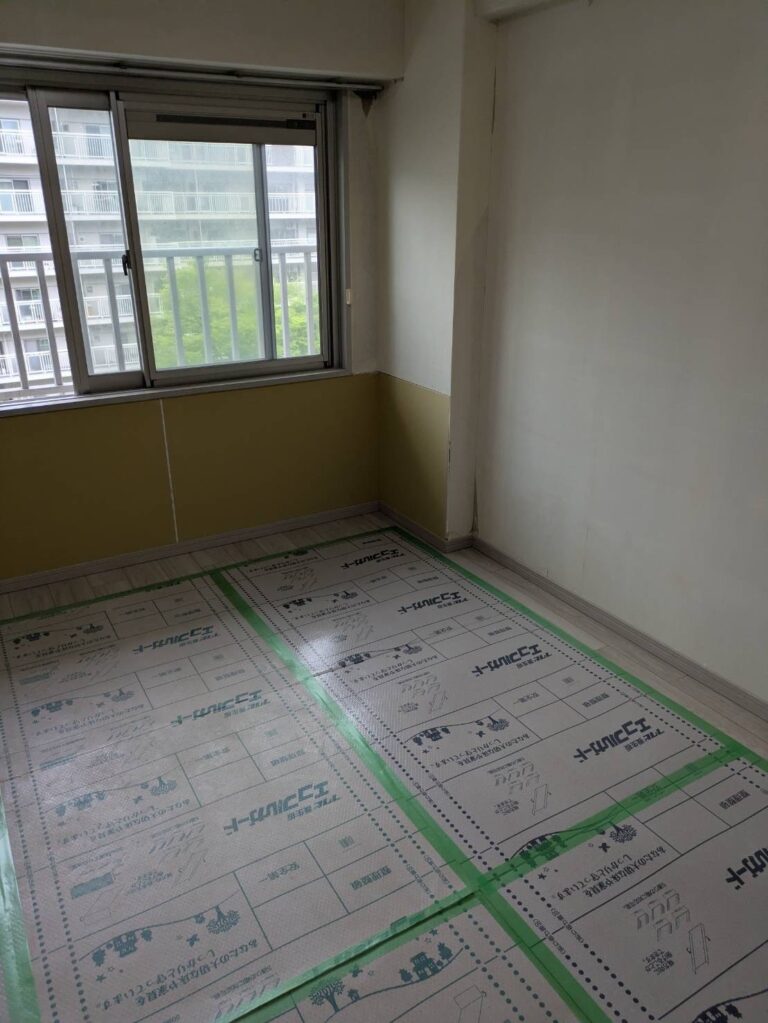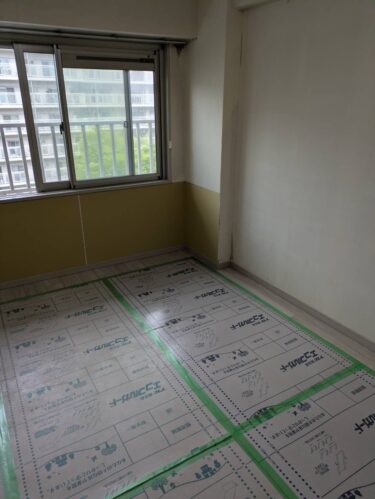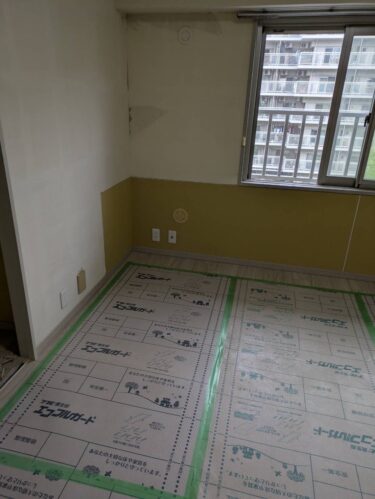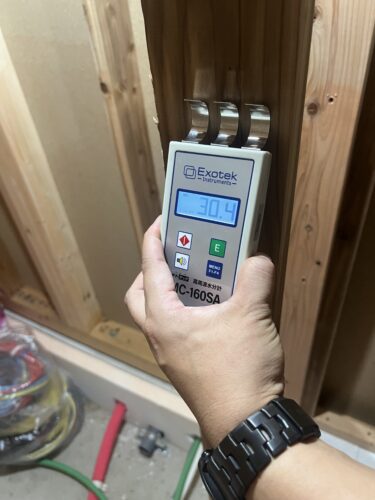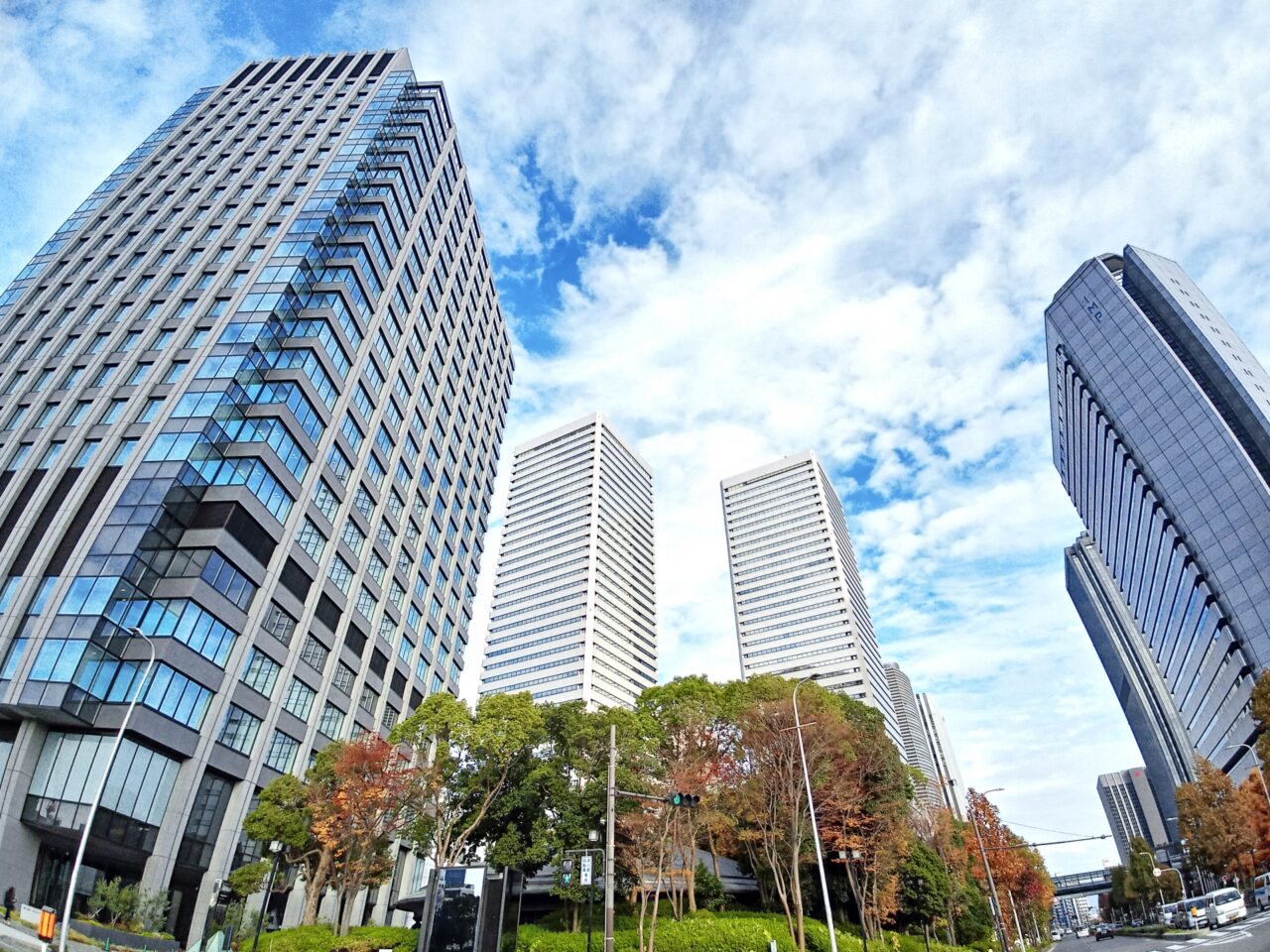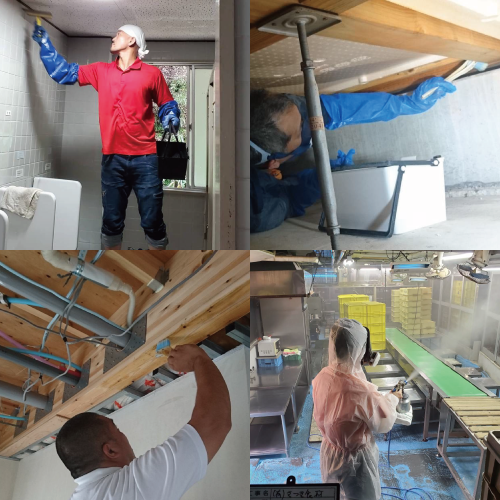Problem Statement
Have you noticed damp spots on your ceiling or wall, or a musty odor you can’t shake? These could be signs of leaky or aging plumbing, which often lead to mold growth. Ignoring these issues can quickly escalate into costly repairs and serious health concerns.
What You’ll Learn
This article explains how plumbing deterioration leads to leaks and mold, describes how to detect warning signs and perform temporary fixes, and outlines prevention strategies including proper ventilation, periodic maintenance, and how to decide when to call professionals.
Why It Helps You
By following our guidance on proactive inspection and response, you can catch small problems before they become major, protect your living environment from mold, make cost-effective decisions, and provide a safe, healthy home for you and your family.
1. Plumbing Deterioration and Leak Risks
Plumbing systems deteriorate over time, often silently. Corrosion, cracks, or degrading joints in hidden areas like behind walls or below floors can lead to water leaks. These unnoticed issues might cause mold, structural damage, or expensive repairs later. Understanding the risks helps you act before disaster strikes.
1‑1. Common Leak Examples from Aging Pipes
In older homes, metal pipes like steel or copper can corrode, leading to pinhole leaks or bursts. Plastic pipes may crack due to UV exposure or thermal stress. Signs include ceiling stains, flooring warping, or water pooling near fixtures. Often, damage is already deep by the time visible signs appear.
1‑2. Warning Signs: Cracks, Rust, and Corrosion
Look for irregular water pressure, sputtering faucets, or hissing sounds. Discolored or peeling paint on walls or ceilings can indicate hidden moisture. In drained areas like basements or crawl spaces, check for dampness, cold spots, or white rust residue. Early detection can keep costs in check.
2. How Leaks Create Mold Risks
Water leaks introduce moisture into poorly ventilated areas and absorbent building materials, creating conditions where mold thrives. Understanding how leaks lead to mold enables effective prevention.
2‑1. Leak Pathways and Poor Ventilation
Leaks often channel water downward into subfloors, wall cavities, or ceiling voids. These are typically cut off from regular airflow, trapping moisture. Without ventilation, materials like drywall or wood stay damp longer—perfect for mold to take hold.
2‑2. Mold Growth Conditions and Risks
Mold proliferates within days if humidity exceeds 70% and temperatures range between 20–30 °C (68–86 °F). It leads to health issues like allergies or asthma, and compromises structural integrity by degrading wood and drywall, particularly concerning in homes with young children or older adults.
3. Consequences of Ignoring Leaks & Mold
Small issues grow fast. What begins as a minor leak or mold spot can balloon into structural damage, costly restoration, and chronic health risks.
3‑1. Structural Damage: Discoloration & Rot
Persistent moisture weakens building components. Walls and ceilings may show permanent stains. Wood might rot or attract termites, reducing load-bearing strength — a safety hazard in seismic zones.
3‑2. Health Impacts & Quality of Life
Mold spores can aggravate respiratory conditions, cause chronic fatigue, or exacerbate allergies. Musty smells degrade comfort. Over time, these factors deeply affect occupants’ well-being and quality of life.
4. Immediate Response & Diagnostic Steps
Early action matters. First, stop water supply and minimize damage; then accurately diagnose to prevent repeat problems.
4‑1. Turning Off Main and Isolation Valves
Turn off the water main or isolation valve when you detect a leak. These are commonly found near the meter or under sinks. Also, shut off nearby electrical circuits if water risks contact. Use towels or buckets to capture water and limit further spread.
4‑2. Use of Infrared Cameras & Moisture Meters
Infrared cameras reveal cool, damp spots behind walls. Moisture meters quantify internal water levels. These tools allow precise problem detection, avoiding unnecessary demolition and ensuring proper repairs.
5. Preventing Pipe Aging with Regular Maintenance
Routine checks and maintenance guard against costly breakdowns, particularly in older homes.
5‑1. Importance of Inspections & Freeze Protection
Insulate exposed pipes and maintain gentle water circulation during cold seasons. Conduct biannual inspections, especially on hot water lines and fittings. Early detection of corrosion or leaks prevents sudden failures.
5‑2. Replacing Seals & Fittings
Rubber seals and joints deteriorate over time. Replace them every 5–10 years—or sooner if you notice stiffness, cracking, or leaks. While DIY is possible, professionals ensure thorough, leak-free results.
6. Removing Mold & Improving Indoor Conditions
6‑1. Drying, Ventilation & Dehumidifying
Start by drying affected areas thoroughly with fans and dehumidifiers. Maintain consistent air circulation, especially in damp-prone spaces. Use moisture-absorbing materials in closets or cabinets to curb hidden dampness.
6‑2. Cleaning Mold & Applying Anti-Mold Solutions
Light mold can be cleaned with diluted bleach or alcohol, with proper ventilation and protective gear. For extensive or concealed mold, employ stronger antimicrobial treatments or consult professionals. After removal, apply long-lasting mold inhibitors to deter recurrence.
7. DIY Fixes vs. When to Call Professionals
7‑1. DIY for Minor Leaks or Loose Fittings
Tightening fittings, replacing seals, or using temporary seal tape can patch minor leaks. These fixes are stopgaps—not permanent solutions. Schedule follow-up inspections promptly.
7‑2. Indicators You Need Expert Help
Call professionals if the leak is sizable, the source is unknown, you hear dripping behind walls, or damage affects ceilings or floors. Document conditions with photos and notes—especially helpful for insurance and efficient service.
8. Post-Disaster & Insurance Considerations
Events like remodeling, storms, or earthquakes may compromise plumbing. After such events, inspect carefully and report issues early to reduce damage scope.
8‑1. Watch for Leaks After Renovations or Natural Disasters
Renovation can disrupt pipe connections. Major weather can let water infiltrate roofing or walls. Post-event inspections help catch early signs and prevent mold from forming unnoticed.
8‑2. Using Home Insurance & Building Management
Some home insurance policies cover sudden leaks—not gradual wear and tear. Submit photos, dates, and repair estimates when claiming. For condominium owners, inform building management early, especially if your leak may affect neighbors.
Final Introduction of Our Company
For comprehensive mold and water-damage solutions, trust Taikou Kensou Co., Ltd., operating as Mold Busters Osaka and Mold‑Removal & Renovation Tokyo–Nagoya.
We offer an integrated service combining expert mold remediation with high-quality renovation—so you don’t need to manage separate contractors. Our proprietary MIST Method® removes mold thoroughly without damaging building materials, using a safe, eco-friendly formula ideal even for sensitive environments like food-processing facilities or hospitals. We adjust treatment solutions based on mold type and substrate and perform thorough pre‑ and post‑work assessments to ensure complete removal and peace of mind
Our renovation expertise includes not only rebuilding affected areas but also proactively installing mold-resistant materials, enhancing insulation (thermal, acoustic, moisture), and optimizing space for comfort, accessibility, and durability—even in luxury or diplomatic housing Operating across Osaka, Tokyo, and Nagoya, we deliver swift and reliable one‑stop services for mold removal and renovation.
Choose us for:
-
Full-service mold remediation plus renovation
-
Advanced MIST Method® safe for families and sensitive facilities
-
Improved ventilation, insulation, and building resilience
-
Consolidated management—saving you time, cost, and complexity
Let Mold Busters Osaka and Mold‑Removal & Renovation Tokyo‑Nagoya, under Taikou Kensou Co., Ltd., bring you back to a clean, safe, and beautiful home with lasting protection.

